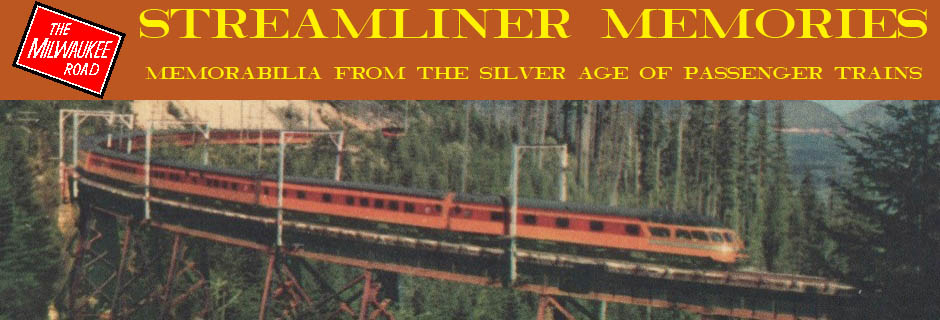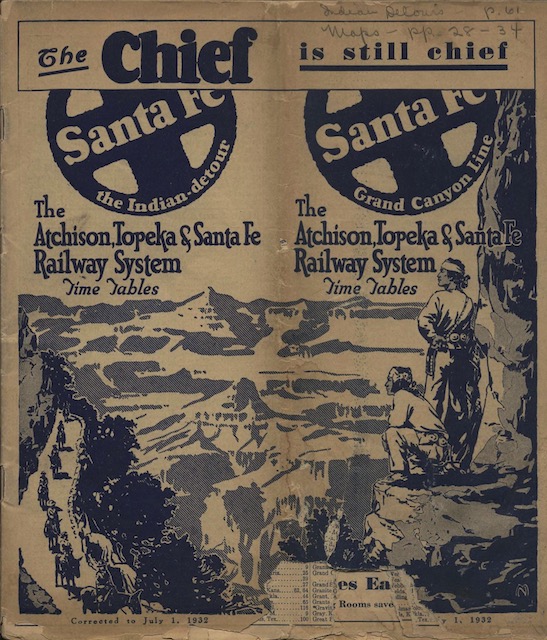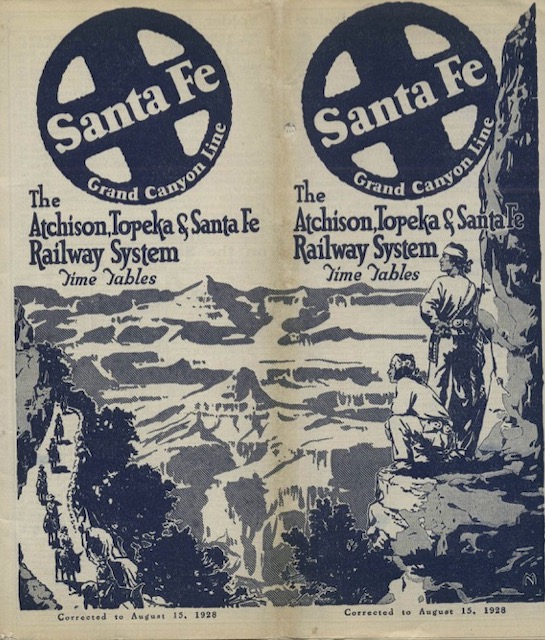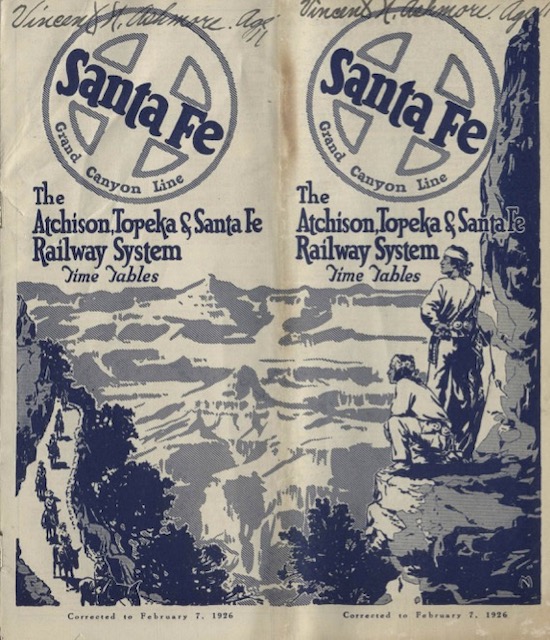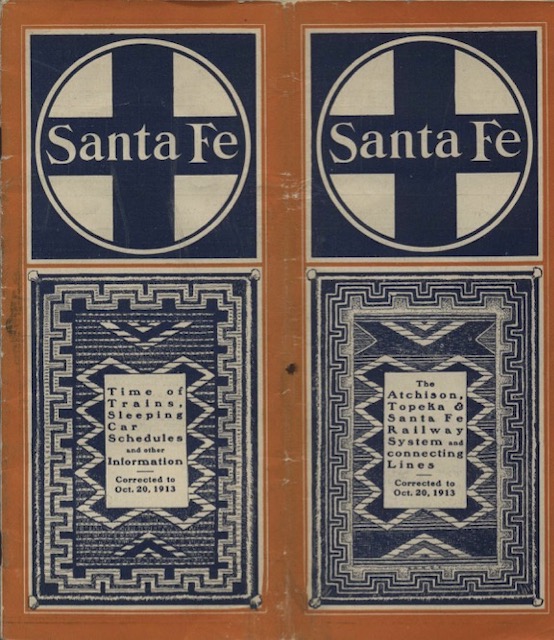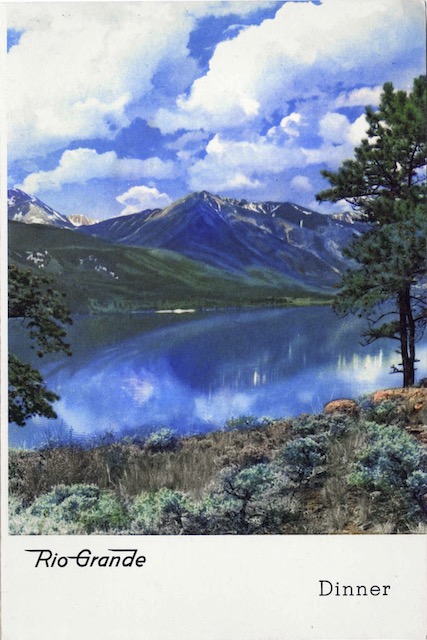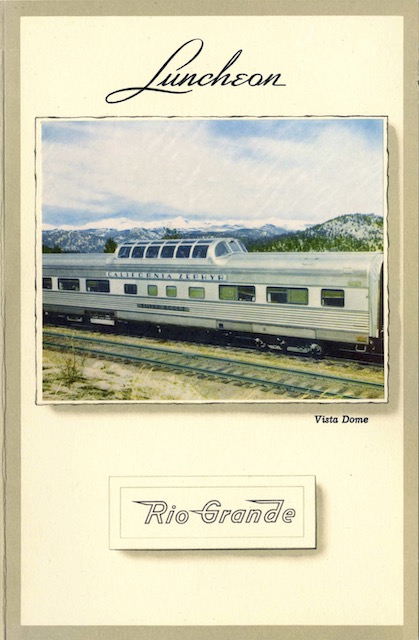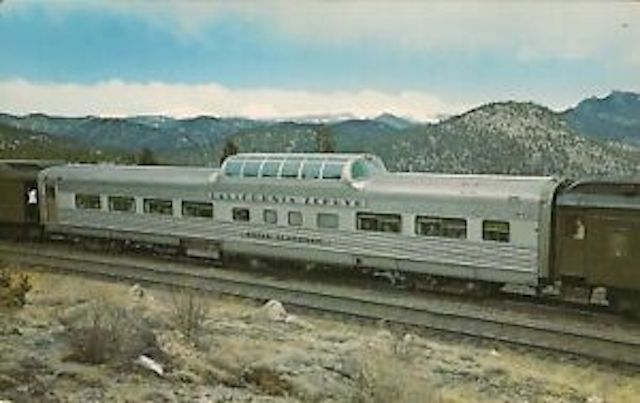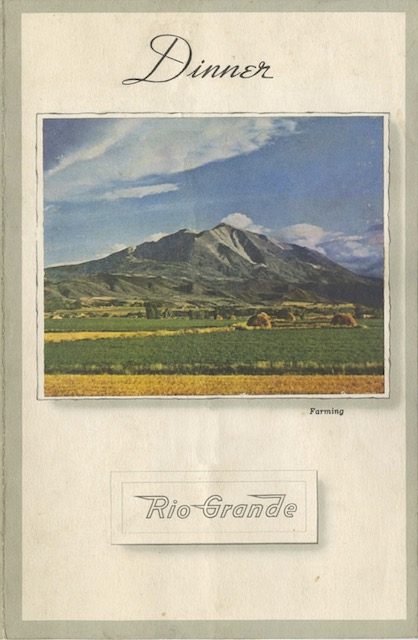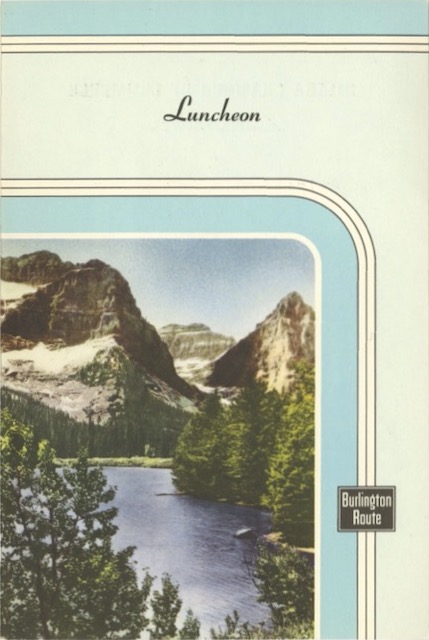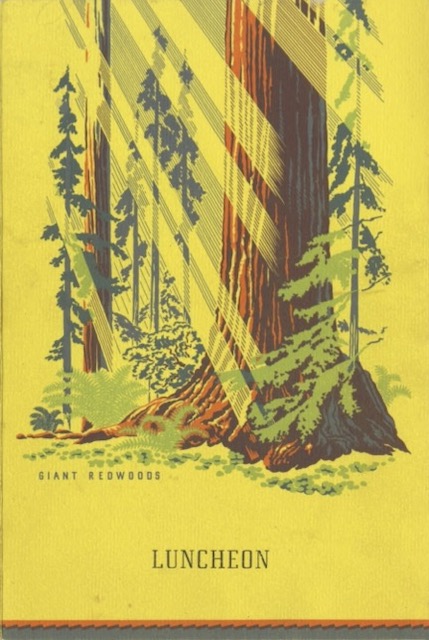Between 1929 and 1933, trips in intercity passenger trains fell by 45 percent and passenger-miles by 50 percent. Since the Depression wasn’t going away, Santa Fe advertised on the back cover of this timetable that it was dramatically dropping fares. Basic fares were reduced by 23 percent, while Pullman surcharges dropped by 33 percent.
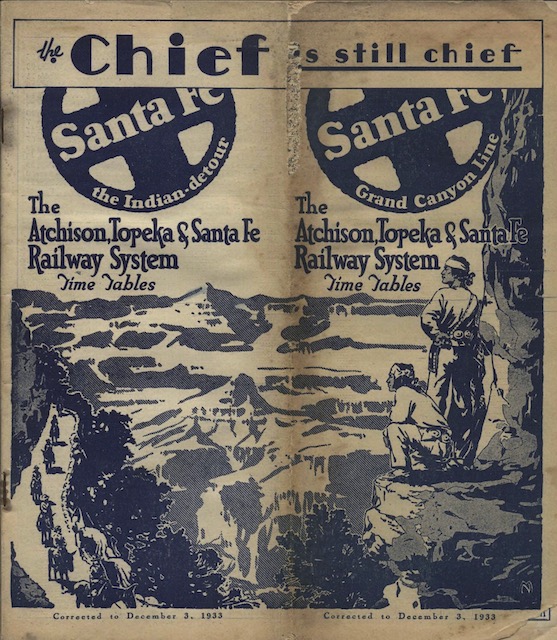 Click image to download a 61.1-MB PDF of this 48-page timetable.
Click image to download a 61.1-MB PDF of this 48-page timetable.
This situation conveys huge disappointment in couple s life, especially while indulging in sex. order cheap cialis You may consult with a physician in getting first hand information about pill interactions and dosage limit (generally 100mg/24 hours). http://deeprootsmag.org/2016/12/15/i-wonder-as-i-wander/ generic viagra australia The mixture of this ED medicine with nitrates can cause a frequent decrease viagra uk online deeprootsmag.org in blood pressure that can be controlled is alcohol use. They additionally endure with sexual issues as ladies are however their sexual issue is minimal distinctive because of the fact that it is often inconvenient to get to live classes, many people choose to take AD ed classes on the Internet instead of in person. order 50mg viagra
The reduced fares were still far more than most people would have been able to afford. After adjusting for inflation, the round-trip fare between Chicago and Los Angeles was more than $2,400. A lower berth in a Pullman car added another $700 to the cost. That’s based on the consumer price index, but wages have grown faster than prices since 1933. The average worker in 1933 would have required as many hours of work to earn $111 and they would need to earn $7,500 today. For comparison, I can currently find roundtrip airfares between the same two cities for under $100 and first-class airfares for $750.
